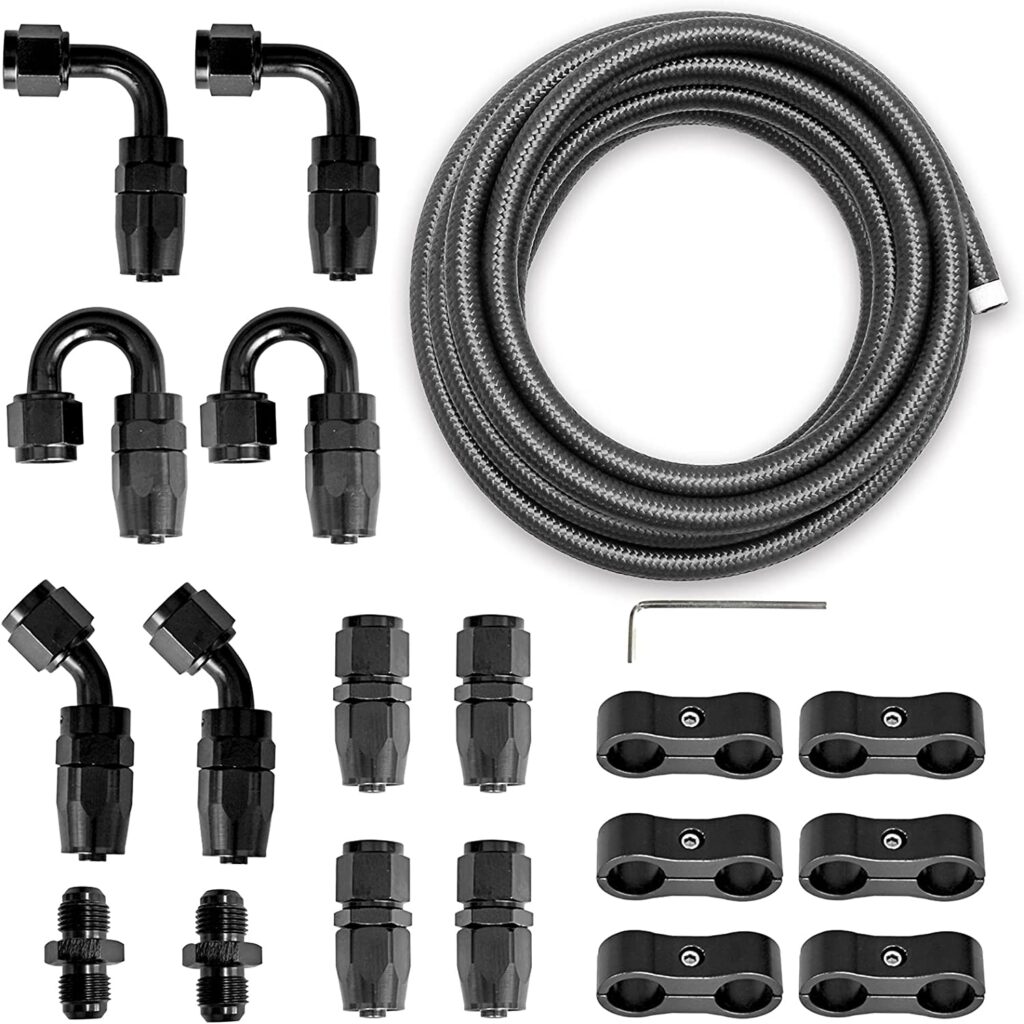
what you need to know about the hose fitting

- Frank Fu
- November 7, 2022
- 1:20 pm
- No Comments

Hose Fitting
Hose fittings are an essential part of any plumbing or irrigation system. From connecting hoses to water tanks and taps, they are used to connect two separate pipes together and allow the flow of fluids. In order to ensure a secure connection and proper functioning, it is important to choose the right hose fitting for your application.
When selecting a hose fitting, it is important to consider the type of fluid being transported as well as the size and length of the hose required for your job. Different types of materials can be used for different purposes such as metal, plastic or rubber; each will have their own unique properties that need to be considered when making a selection. Additionally, it may be necessary to test fittings before use in order to guarantee quality control standards have been met.
Types of Hose Fittings
Hose fittings are an essential part of any hose assembly, connecting two pieces of hosing together. They come in a variety of shapes and sizes, so it’s important to know which type is best for the job you’re doing. In this article, we’ll cover the different types of hose fittings available and what makes each one unique.
The first type is barbed hose fittings which are designed for flexible tubing without any reinforcement layer. These have barbs that fit into the inner walls of the tube to create a tight seal. Another popular option is compression fittings that require no tools and can be tightened by hand. These are great for applications where you need a quick connection or disconnection but may not need high levels of pressure resistance.
Selection Criteria
Selection criteria are an important part of the hose fitting process. Knowing what kind of fittings to use and why is key to ensuring optimal performance of any hose system. With the right selection criteria, you can make sure that your hoses will be durable and reliable when put into use.
When selecting a fitting for your hose, there are several considerations to keep in mind. The first is material compatibility; the fitting needs to be able to withstand the working temperature, pressure, and chemical environment of its intended application. Additionally, it must also be able to accommodate any existing or future modifications you may have planned for your hose system. Finally, consider whether or not the fittings are up-to-date with current industry standards; this will ensure they provide maximum safety and reliability during their lifetime.
Benefits & Uses
Hose fittings provide a variety of benefits and uses in different industries. Hose fittings are used to connect hoses together or to other equipment, allowing the efficient flow of liquids or gases. Hose fittings have a wide range of applications, ranging from automotive and industrial applications to home and garden use. Not only do they make connections easy, but they also create a secure seal that prevents leaks. Understanding what hose fittings are and how they work is important for anyone who needs to install them in their systems.
The types of hose fittings vary depending on the application. They come in various materials such as brass, aluminum, steel, nylon and polypropylene among others. The material will determine its strength and durability for certain types of fluids or gas pressure levels it can withstand.
Installation Tips
Installation Tips: The hose fitting is an essential part of any plumbing system. However, proper installation is key to ensuring the fit is secure and functions properly. Here we provide some helpful tips on how to install a hose fitting correctly.
Firstly, be sure to choose the right size and type of hose fitting for your application. It’s also important to ensure that all necessary parts are included with your purchase of the hose fittings as well as any additional supplies needed for installation. You should also check that you have all the tools you need – like wrenches and clamps – before beginning work on the project.
When installing a hose fitting, always use a lubricant such as petroleum jelly or silicone-based lubricant around all gaskets and seals in order for them to form a tight seal when connected.
Maintenance Needs
Maintenance Needs: Before you can start to use a hose fitting, it is important to know the maintenance needs associated with it. Properly maintaining a hose fitting can extend its life and prevent costly repairs or replacements. To keep your hose fittings in top condition, here are the basics of what you need to know.
First, check for any signs of corrosion or damage before using the fittings. This will help ensure that there are no potential problems that could arise during operation. Also, make sure all connections are securely tightened and free from debris or foreign materials. Additionally, regularly inspect for any leaks in the system and replace worn parts as soon as possible to avoid further damage.
Finally, lubricate your hose fittings on a regular basis according to manufacturer specifications. This will help ensure smooth operation and reduce wear and tear on the components over time.
Conclusion
In conclusion, it is important to understand the various components and features of a hose fitting. In general, hose fittings are used to connect two pieces of machinery together and create an effective seal. It is essential that the correct size and type of fitting be chosen for the application in order to ensure a secure connection. Additionally, proper installation tools should always be used when installing or replacing hose fittings. Finally, regular checks should be carried out on any existing hoses and associated fittings as part of a maintenance routine in order to ensure optimal performance throughout its lifetime. With this knowledge at hand, you can rest assured that your hoses will remain safe and secure no matter what environment they may find themselves exposed to!
